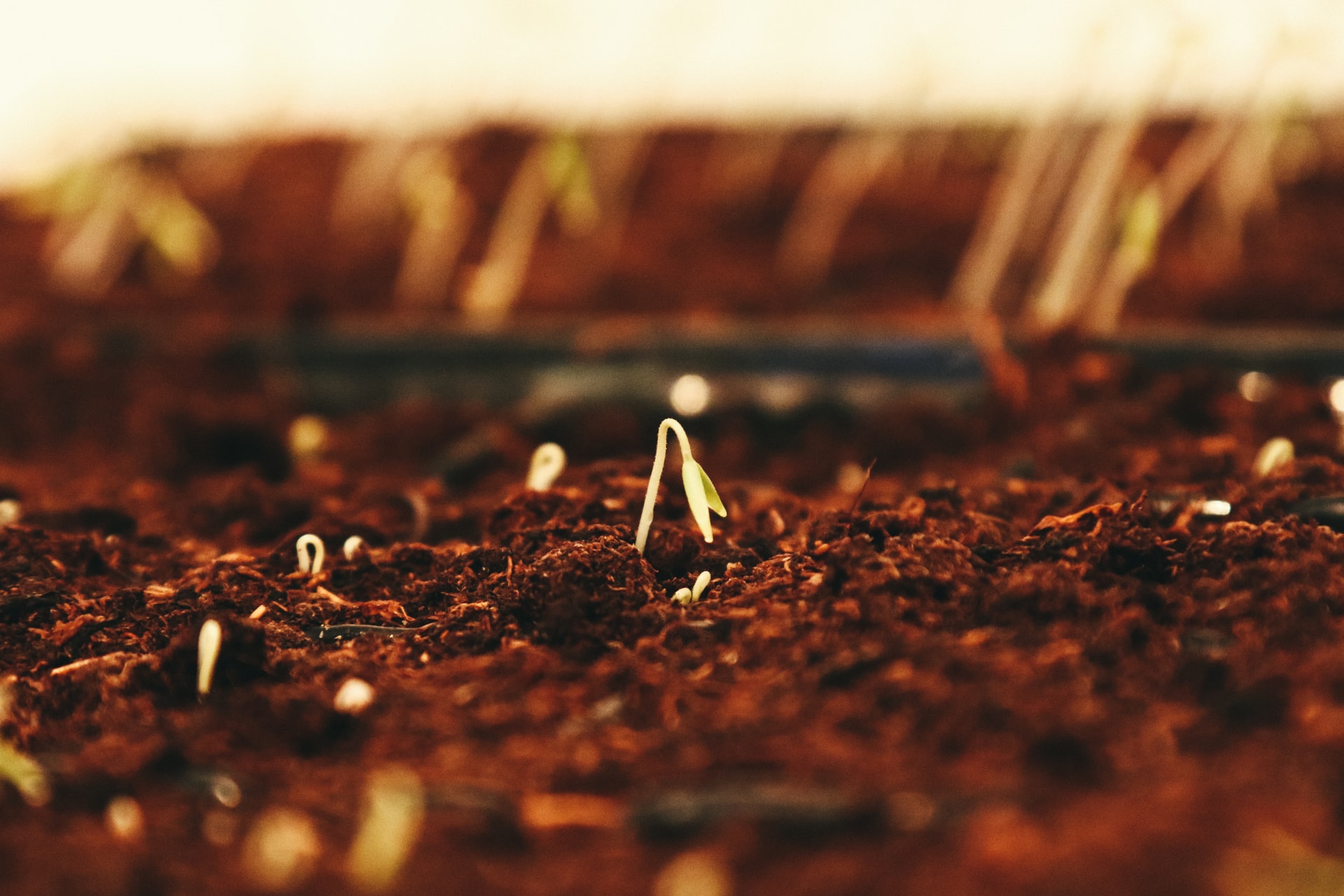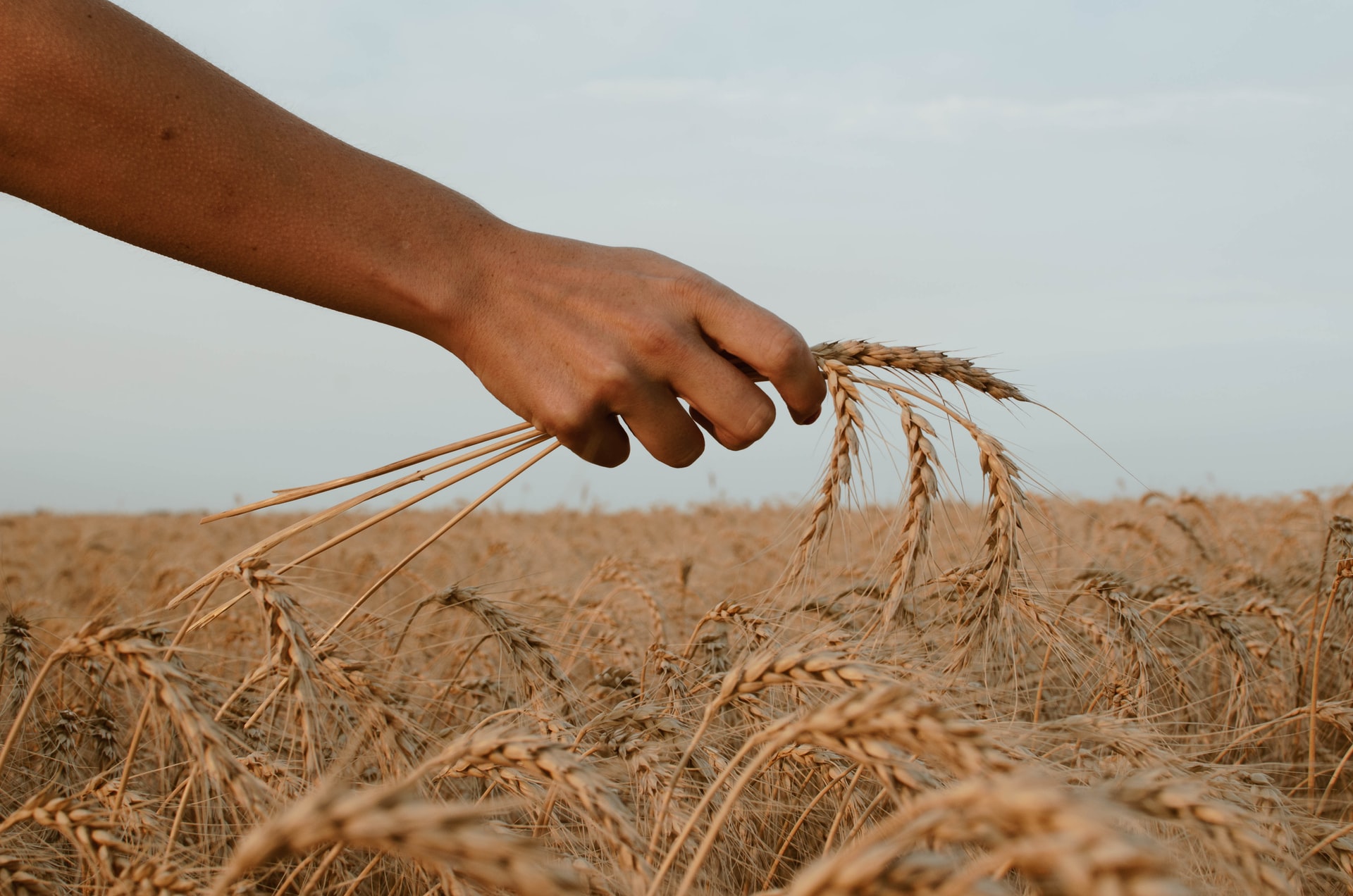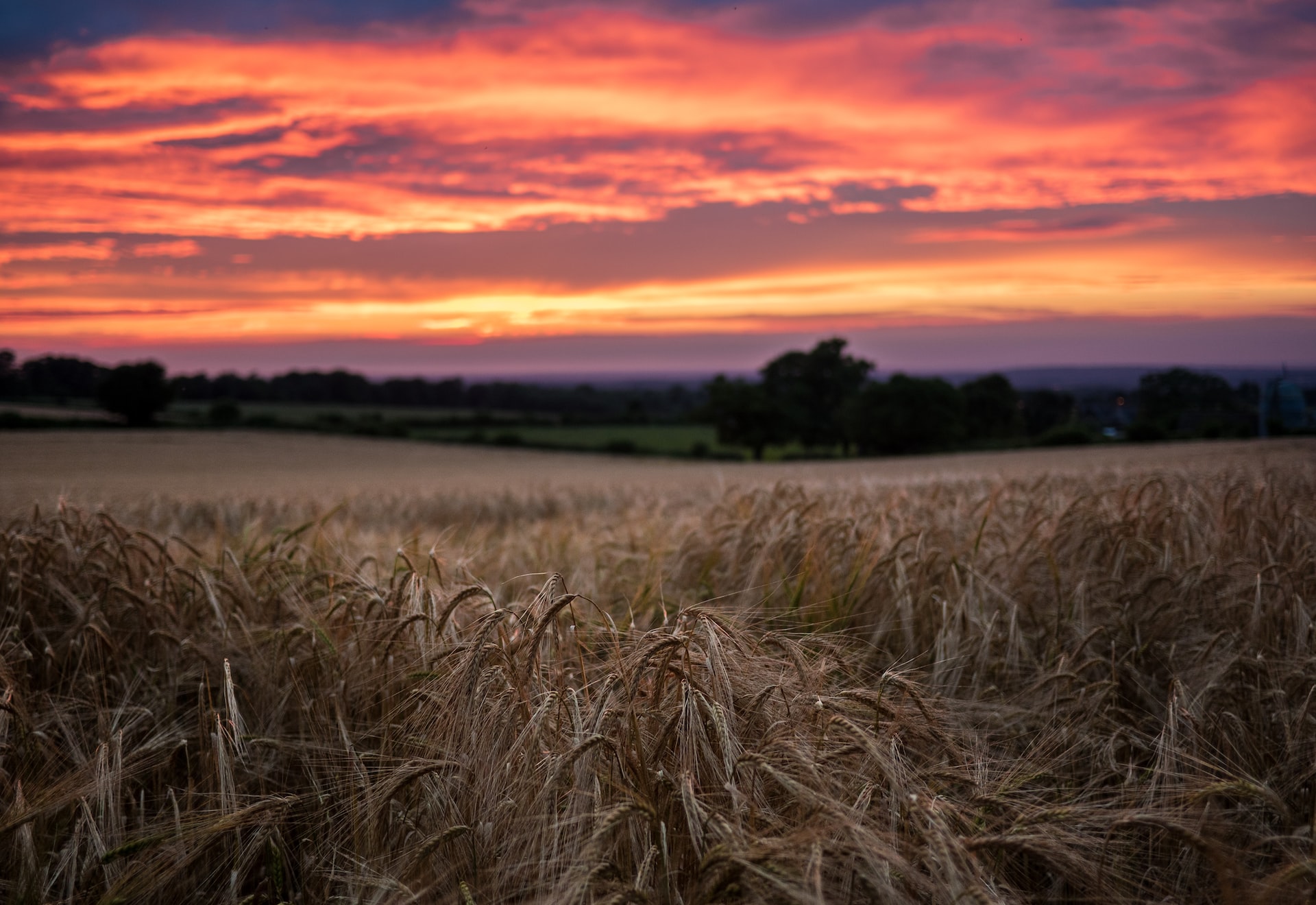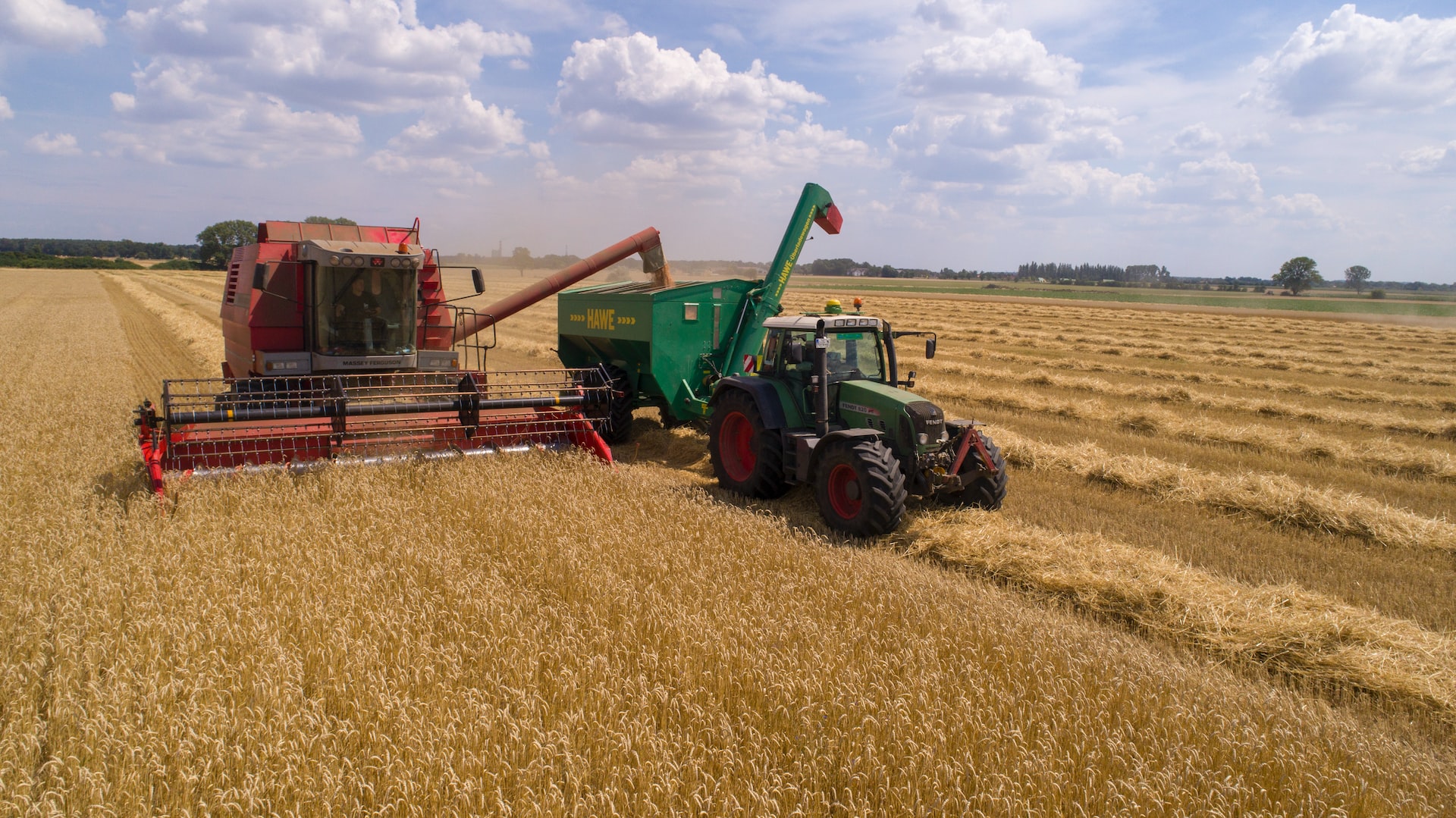The mid-year grind
By Tyson Hosie
20th April, 2023
As the nations’ yellow bins groan under the collective weight of Easters’ excess and the rigmarole of Term 2 begins, the grains industry enters that period of the year where it grapples with the positioning of old crops stocks for the April to August stretch, while taking a cursory glance at new crop bids.
A drier first quarter across southern Queensland and northern New South Wales has afforded summer croppers some straight-forward harvest conditions, as the sorghum rounds the home straight and the cotton crowd gets off to a good start.
Storms across the region over the past week did bring with them some isolated pockets of damage, but the consensus has been that it will help join up the sub-soil profile that has been waiting patiently for the 23/24 crop, with some early fodder and canola crops going in around the north-eastern border region this past week or so.
Significant sorghum trading activity through February and March has seen growers in lockstep between harvesting and sales, acknowledging that there is plenty of airspace between the strong, export-driven values, and where domestic demand for sorghum can be achieved, especially given the comparative values for wheat or barley.
And while track and delivered port values for sorghum have corrected some thirty-odd dollars since late March, and sales have slowed somewhat, be reminded that cheap feed grain offerings from Europe and the US are circling around Chinese sorghum outlets, although their overall appetite does not appear to be satisfied just yet.
The past few weeks of drier weather heading into our traditional April/May planting period has seen sales of lingering old crop wheat and barley stocks steady, with growers now wanting some assurance that they will get planted before committing to nearby sales through May, June and July, as well as new crop commitments for later in the year.
Slowed drawdowns into domestic wheat and barley homes also suggest that good coverage has been achieved by the consumer over the past couple of months, with some reportedly covered out to new crop.
Internationally, markets continue to be blown around by the conjecture surrounding the Black Sea grains deal, as well as the somewhat bearish tone of last week’s WASDE Report, which indicated higher than expected global stocks of wheat and a neutral tone for corn and other feed grains.
The oilseed complex has been bouncing around too, with soybean production concerns in Argentina being quelled by record production estimates coming out of Brazil, which has weighed on Australian canola values this past week.
With the WASDE now largely digested by the market, weather, and its effect on planting progress, will be the primary driver for domestic values here in Australia, as we set off on season 23/24.
Market conditions and a drier season outlook contribute to cropping program decisions

April means soggy Easter camping trips, excessive chocolate consumption, ANZAC Day observance and of course sowing...
Read MoreGrowers explore planting options for year ahead

Markets have bucked their downward trend this week, with exchanges retracing some of the losses suffered throughout the preceding 6 weeks...
Read MoreGloomy conditions for both the markets and the skies

As the first month of Autumn draws to a close, the weather gods have delivered some varying levels of rain across the state as our main season sowing window opens...
Read MoreStart your engines for the planting season

It feels like harvest has only just finished and yet preparations are well and truly underway for the upcoming season...
Read MoreHeavy stocks continue to weigh on markets

A long, drawn-out harvest has meant that without much reprieve the focus for most Australian growers has quickly shifted to preparations for the 2023/24 crop...
Read More